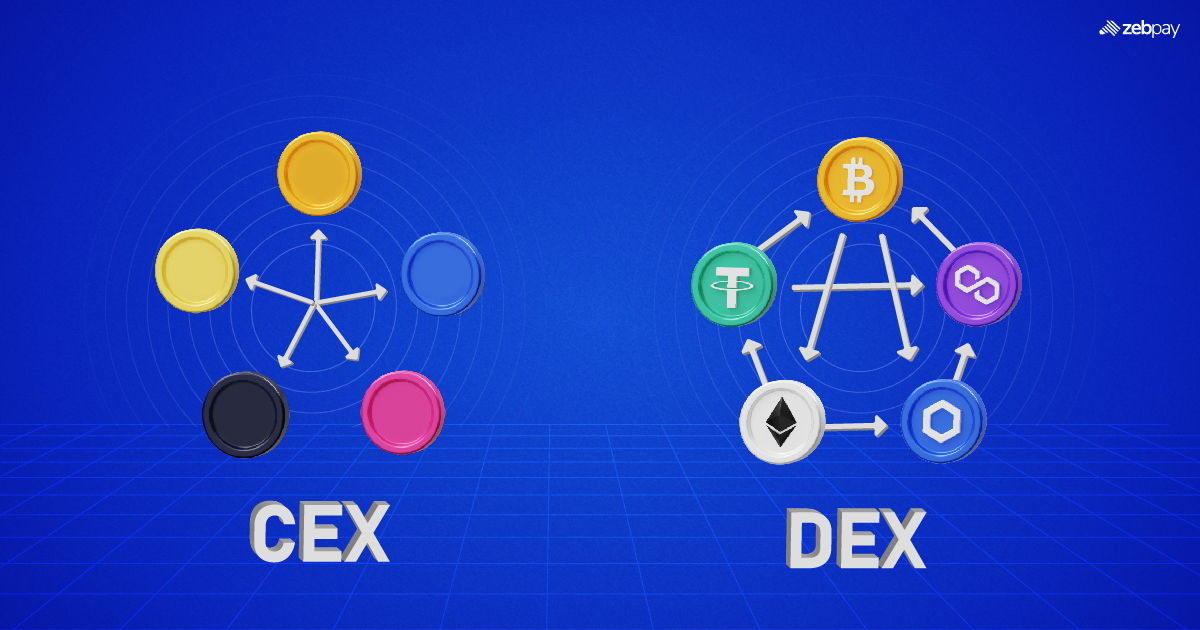The world of e-commerce is constantly evolving, due to the rapid pace of technological advancements and payment methods. One such new development, recently, initiated is crypto payments, which have become another feasible option for merchants and retailers. In this article, we will explore crypto payments for e-commerce, explaining their benefits, obstacles, real-world examples, and prospects.
Why are crypto assets gaining traction in e-commerce?
When crypto burst mightily onto the retail scene as Bitcoin in 2009, it was viewed as another speculative vehicle. Anyone who sought out digital money thought of it the way they might think about gambling. You bought crypto in the hope of selling it for a greater sum of money later on. It took time for the technology to mature, allowing businesses to realise the full potential of digital assets as a viable tool for legitimate commerce. Having been largely confined to niche interests for a decade, crypto payments are now poised to disrupt the world of payments.
This rapid adaptation of crypto assets into our daily lifestyle signifies an increase in the acceptance and popularity of crypto in various sectors. Many reputable online retailers, stores, and e-commerce portals have introduced crypto payments for their services. These firms are collaborating with several efficient payment gateways to digitise payments and transactions.
Popular crypto assets used for e-commerce
A variety of crypto alternatives for payments in e-commerce are gaining popularity across different market niches, them being:
Bitcoin
Because of its nearly universal name recognition, and being one of the world’s most widely traded crypto assets, Bitcoin provides a permitted and peer-to-peer payment mechanism. Larger institutions and merchants are beginning to make it easier to buy goods or consume services using Bitcoin.
Ethereum
The most energy-efficient and widely accessible platform for dApps is Ethereum. In addition to its base energy scarcity blockchain, there are many Ethereum-based dApps involving digital economy experiments and various forms of e-commerce. The capacity to define payment logic, using smart contract protocols, empowers businesses to develop tailored payment protocols for specific e-commerce needs.
Solana
Solana has a blockchain that is much faster and more efficient than many others, which is what led to an interest from people behind decentralised finance (DeFi) projects and non-fungible tokens (NFTs).
Cardano
Given that Cardano focuses on delivering a robust crypto framework for transactions that remain secure and timeless, it utilises peer-reviewed software code that is both secure and unparalleled. It will be faster and safer than competitors—and will almost certainly be adopted by businesses that will use it for e-commerce, especially economies, and corporations that are hyper-sensitive about data protection and performance.
XRP
Ripple’s crypto, XRP, is fast and cheap, making it ideal for cross-border payments. Ripple is highly scalable and very liquid, making it a natural choice for international e-commerce payments.
Advantages and disadvantages
Let’s take a brief look at some of the major pros and cons of using crypto assets in the e-commerce industry:
Benefits
- Cheaper Transactions: From a merchant’s perspective, accepting crypto payments often means they pay much lower transaction costs than they would by accepting more traditional forms of payment. This could represent a significant breakthrough in market-making for margins.
- Improved Security: Crypto transactions, powered by blockchain technology, are more secure and tamper-proof.
- Global Accessibility: Since crypto is not restrained by national borders, businesses can seamlessly accept payments from customers abroad, without bearing unnecessary costs of currency conversion.
- Financial Inclusion: Allows non-bank clients to pay for products and services in digital assets.
Challenges
- Volatility: The volatility in the crypto environment, especially the price swings, makes it difficult for consumers and merchants to forecast how much they have to pay/get and calculate their revenue/spending for the foreseeable future.
- Regulation Hurdles: Due to the lack of accepted rules in different regions, it will be hard to use crypto in e-commerce because of the uncertainty. Legality can be a complex situation as there are no regulations to address this issue.
- Technical Barriers: Customers and merchants might find crypto technologically cumbersome, due to payment habits being well-ingrained in traditional models.
Case studies
Let’s examine some case studies where crypto is being used for e-commerce payments:
Shopify
Through partners, Shopify gives their merchants, anywhere in the world, the ability to accept and make payments with crypto. Shopify’s large network offers many small and medium businesses a new group of users. It allows them to reach more global customers, including some who can pay only in crypto.
Expedia
On account of its partnership with the crypto-friendly booking service, Travala, one can now book and pay for more than 700,000 hotels and holiday accommodation choices, in more than 230 countries and territories through Expedia, using at least 30 crypto assets.
PayPal
In March 2021, PayPal launched ‘Checkout with Crypto’ for customers in the US, which enables buyers to make purchases online from PayPal merchants with crypto. They can store their crypto in the PayPal digital wallet, which PayPal automatically converts into fiat at the point of sale, at no extra cost.
Overstock
Overstock (now, Beyond) was a pioneer among major retailers in accepting crypto payments and has since reaped the rewards; the company enjoyed both an uptick in sales and an increase in customer engagement.
Future Outlook
With consumers wanting to use crypto, retailers are likely to move faster to integrate digital assets in point-of-sale systems. Crypto companies will also look to be exploring applications in next-generation technologies such as AI and IoT, leading to more innovations and operational efficiency in retail sales and e-commerce.
As governments gradually enact clearer regulations, this could benefit businesses, which would demand further clarity and consistency. The regulatory clarity should encourage more companies to invest in and use crypto payment solutions.
Conclusion
In conclusion, making crypto payments in e-commerce can bring various advantages. However, there are also some difficulties in implementing it. Overall, even though crypto payments require solving certain problems, there are more advantages in adopting them. It provides a possibility of reaching a bigger audience, saves money on commissions, and represents more security and privacy for customers.
Unravel everything that you need for your crypto journey via ZebPay blogs. Get started today and join 6 million+ registered users on ZebPay!







